Innovation Newsbriefs
Vol. 25, No. 13
Count me among the skeptics…Former Transportation Secretary Ray LaHood liked to justify a national HSR program by drawing a parallel with the commitment to build the Interstate Highway system. But the analogy is misleading. What made the Interstate highway program politically feasible and financially sound was the concept of a user fee collected from millions of highway users and dedicated exclusively to the program. A national rail program could not hope to have this kind of revenue stream. Instead, it would need to depend on massive federal subsidies for years to come.
Archive for the ‘Policy’ Category
Will There Be a “Tipping Point” for High-Speed Rail in the U.S.?
Monday, October 6th, 2014Health Benefits of Carbon Standards for Power Plants
Friday, October 3rd, 2014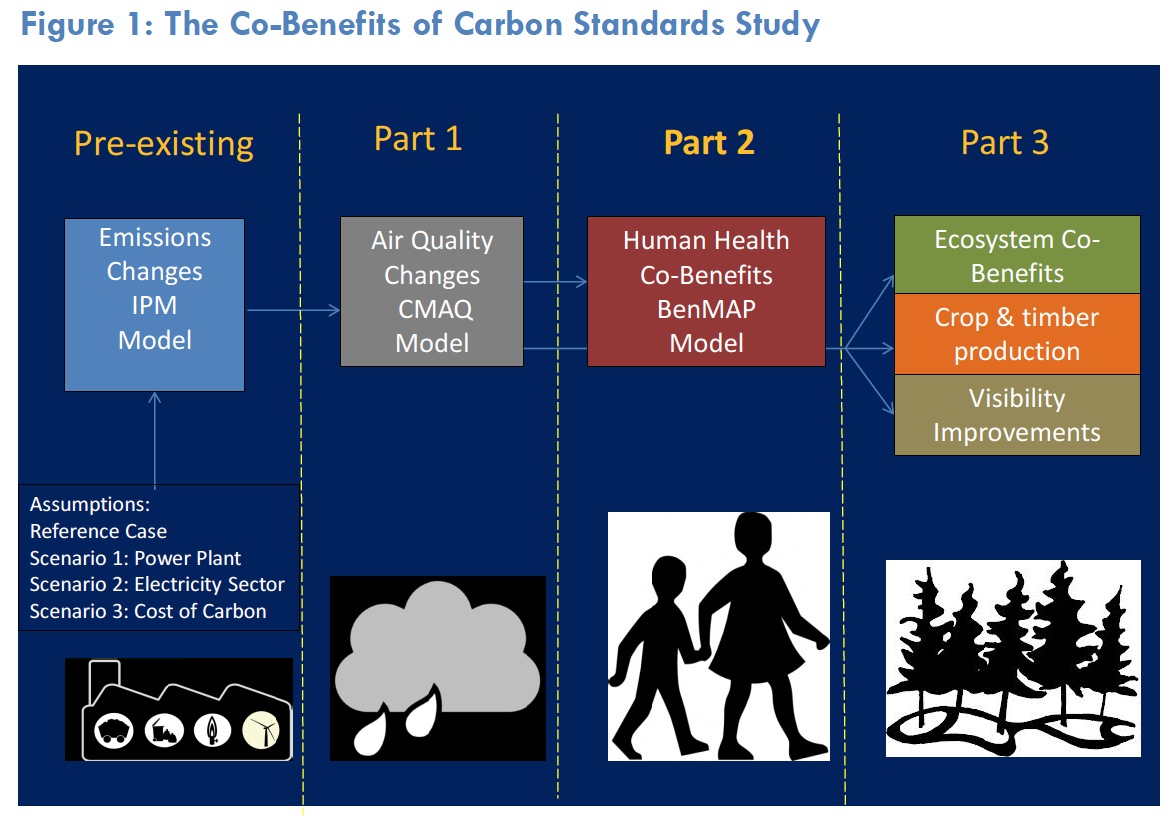
HARVARD SCHOOL OF PUBLIC HEALTH: CENTER FOR HEALTH AND THE GLOBAL ENVIRONMENT
SYRACUSE UNIVERSITY DEPARTMENT OF CIVIL & ENVIRONMENTAL ENGINEERING
BOSTON UNIVERSITY SCHOOL OF PUBLIC HEALTH
The U.S. Environmental Protection Agency (EPA) released the nation’s first-ever carbon pollution standards for existing power plants on June 2, 2014. The EPA-proposed Clean Power Plan would achieve a 30% reduction in carbon emissions from U.S. power plants below 2005 levels by 2030 (USEPA 2014a). Carbon dioxide (CO2) is an important greenhouse gas and a major driver of human-induced global climate change. Fossil-fuel-fired power plants are the single largest source of anthropogenic CO2 emissions in the U.S. They emitted 2.2 billion tons of CO2 in 2012 (AOE 2014) and currently account for 39 percent of total U.S. CO2 emissions (USEPA 2014b).
Intergovernmental Challenges in Surface Transportation Funding
Wednesday, October 1st, 2014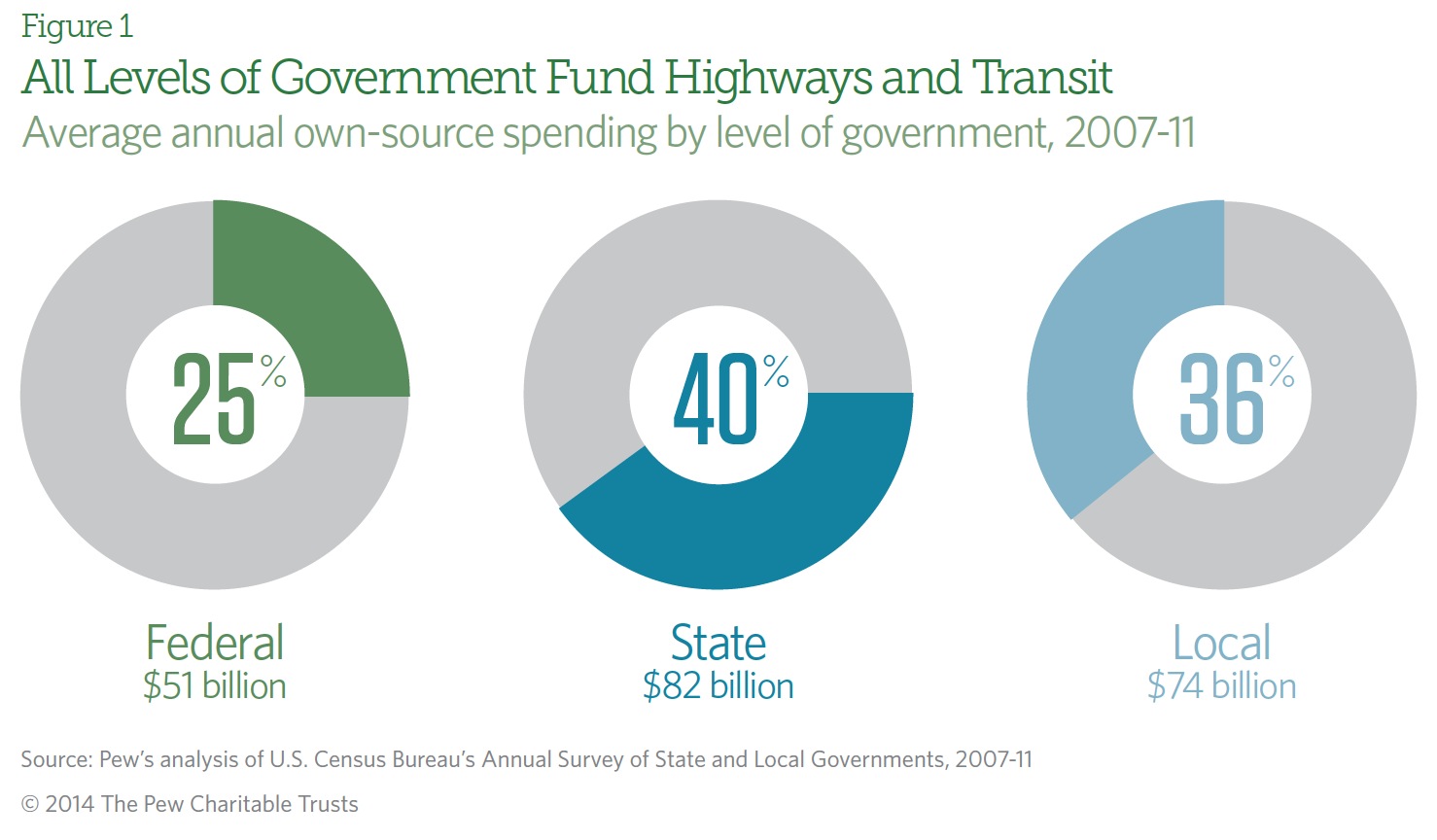
THE PEW CHARITABLE TRUSTS
This analysis examines the role that each level of government plays in paying for highway and transit infrastructure (referred to here as “surface transportation” or “transportation”), the key problems facing this multilayered system of funding, and their causes. In addition, it identifies central principles that policymakers need to consider as they weigh options and consider solutions.
Public Private Partnerships: Balancing the needs of the public and private sectors to finance the nation’s infrastructure
Friday, September 26th, 2014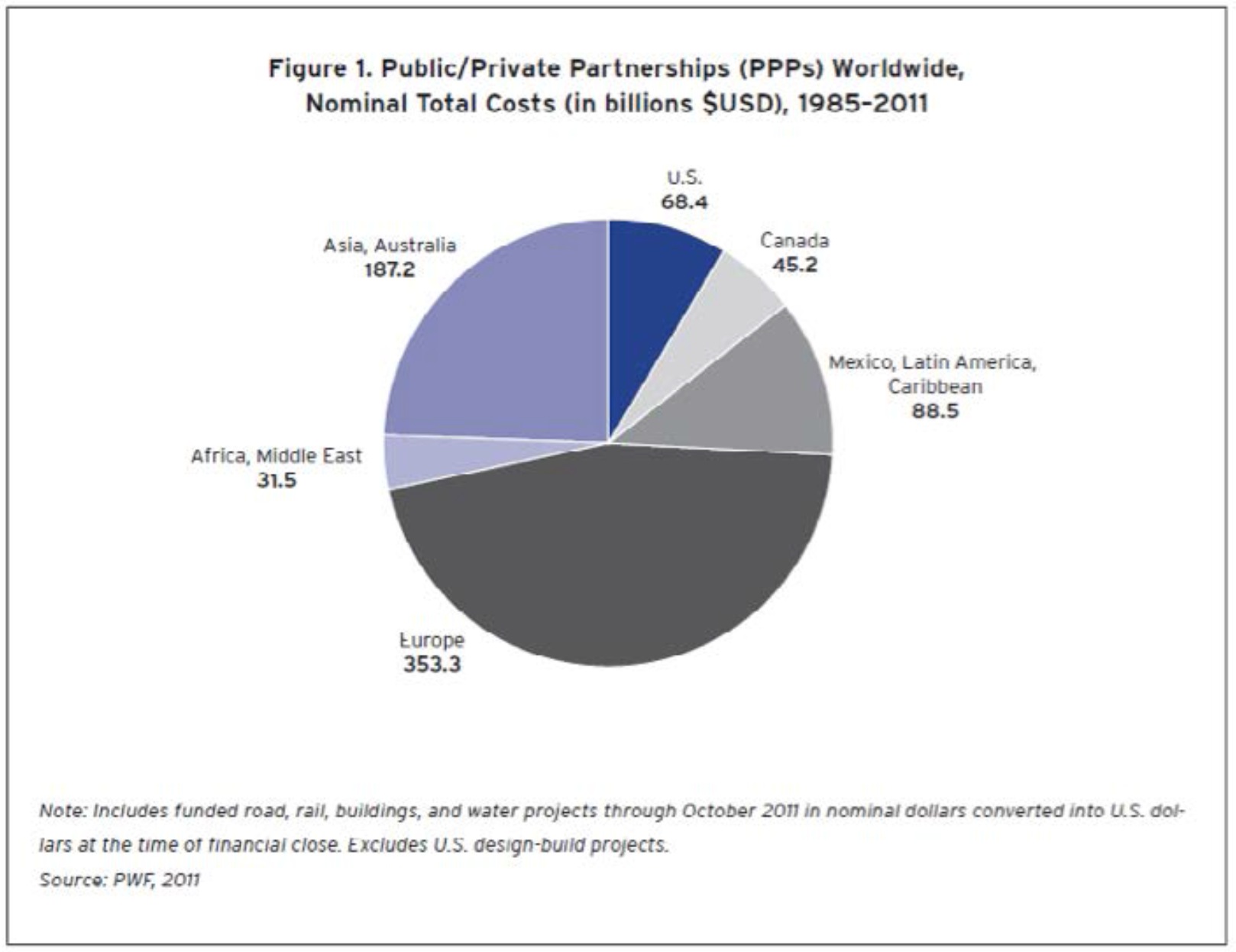
HOUSE TRANSPORTATION & INFRASTRUCTURE COMMITTEE
Around the world, P3s play a significant role in the development and delivery of transportation and infrastructure projects. Internationally, P3s have had a mixed record of success and failure. The Panel found that successful P3s have several common elements, including leveraging the strengths of the public and private sectors, appropriate risk transfer, transparent and flexible contracts, and alignment of policy goals…Unlike most other countries, the United States possesses a robust municipal bond market of approximately $3.7 trillion, of which a significant portion is for infrastructure financing. The Panel found that this is one major reason why the U.S. P3 market has not grown as quickly as in other countries (which do not offer tax-exempt municipal bonds) and why the potential for P3s in the United States is limited.
Catching Up: Greater Focus Needed to Achieve a More Competitive Infrastructure
Thursday, September 25th, 2014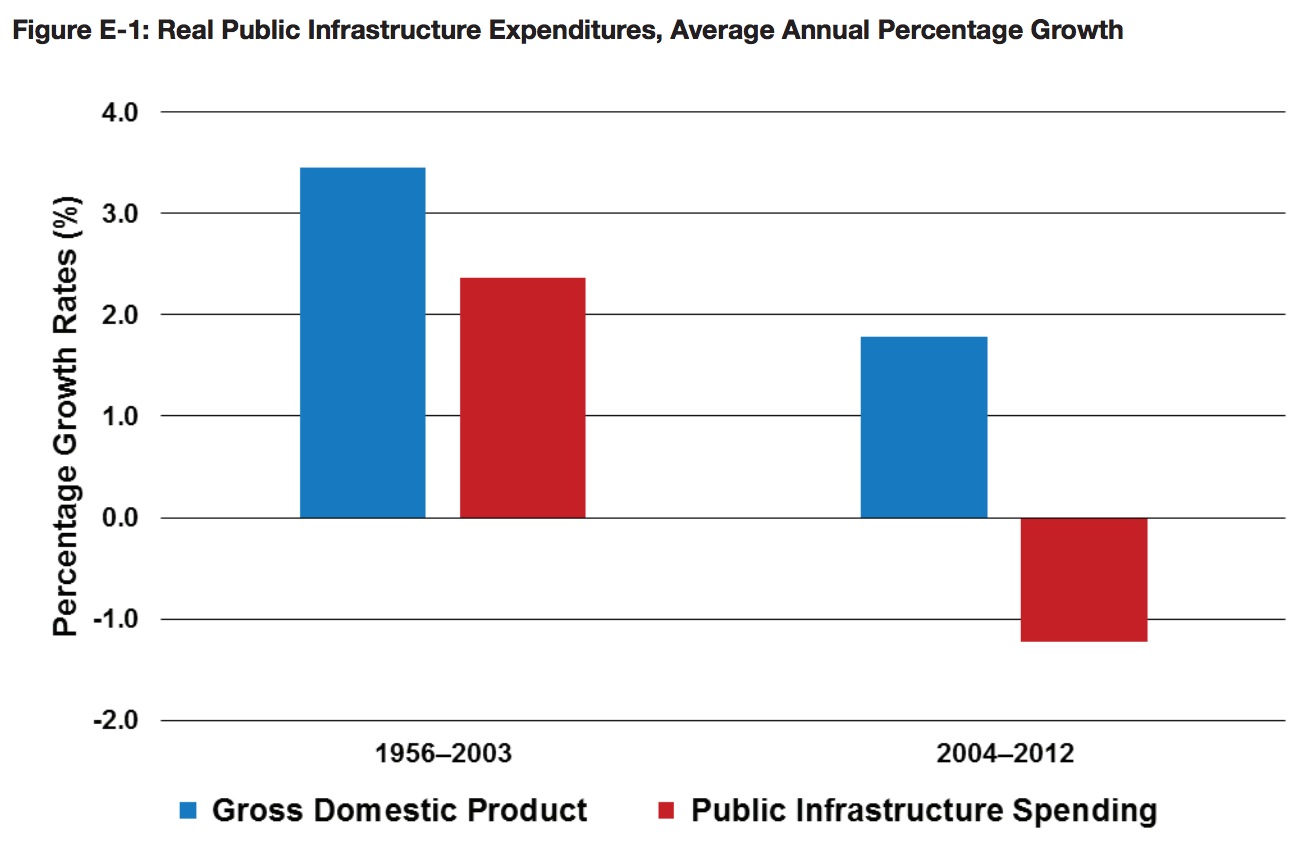
NATIONAL ASSOCIATION OF MANUFACTURERS
Modern economic growth and development depends on high-quality infrastructure. There is no getting around it. However, what, exactly, does that involve? Infrastructure spans a wide range of public and private assets, including highways and bridges, airports, ports and inland waterways, electricity plants and transmission lines, information and telecommunication networks and water and sewage facilities. Such assets are indispensable for facilitating production across various industries—not least of which include agriculture, energy, mining and, in particular, manufacturing. The ability to safely and efficiently move goods from a manufacturing facility to a customer located far away is crucial to the industry’s long-term health and global competitiveness. In other capital-intensive industries, such as telecommunications and electricity distribution, infrastructure plays an equally important role. Beyond the manufacturing industry, basic infrastructure also underlies the daily occupational and recreational activities of U.S. households. Our energy, mobility, information and travel capabilities all depend on safe, accessible and reliable infrastructure.
Guest on The Infra Blog: Dan Sullivan, Mayor of Anchorage
Monday, September 22nd, 2014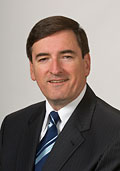
Mayor Sullivan was elected to the Anchorage Assembly in 1999 where he served three terms, including serving as Chairman during the 2006-2007 term. He was elected Mayor in 2009 and re-elected to his second and final term in 2012.
“Here we are, a country with pretty extreme debt, at these days $17 trillion and counting, so there’s going to be more and more pressure not to spend money rather than pressure to spend more money…I think our dependency on federal dollars coming in is going to decline, and so we just have to start taking care of our own needs.”
View this complete post...Highway Boondoggles: Wasted Money and America’s Transportation Future
Monday, September 22nd, 2014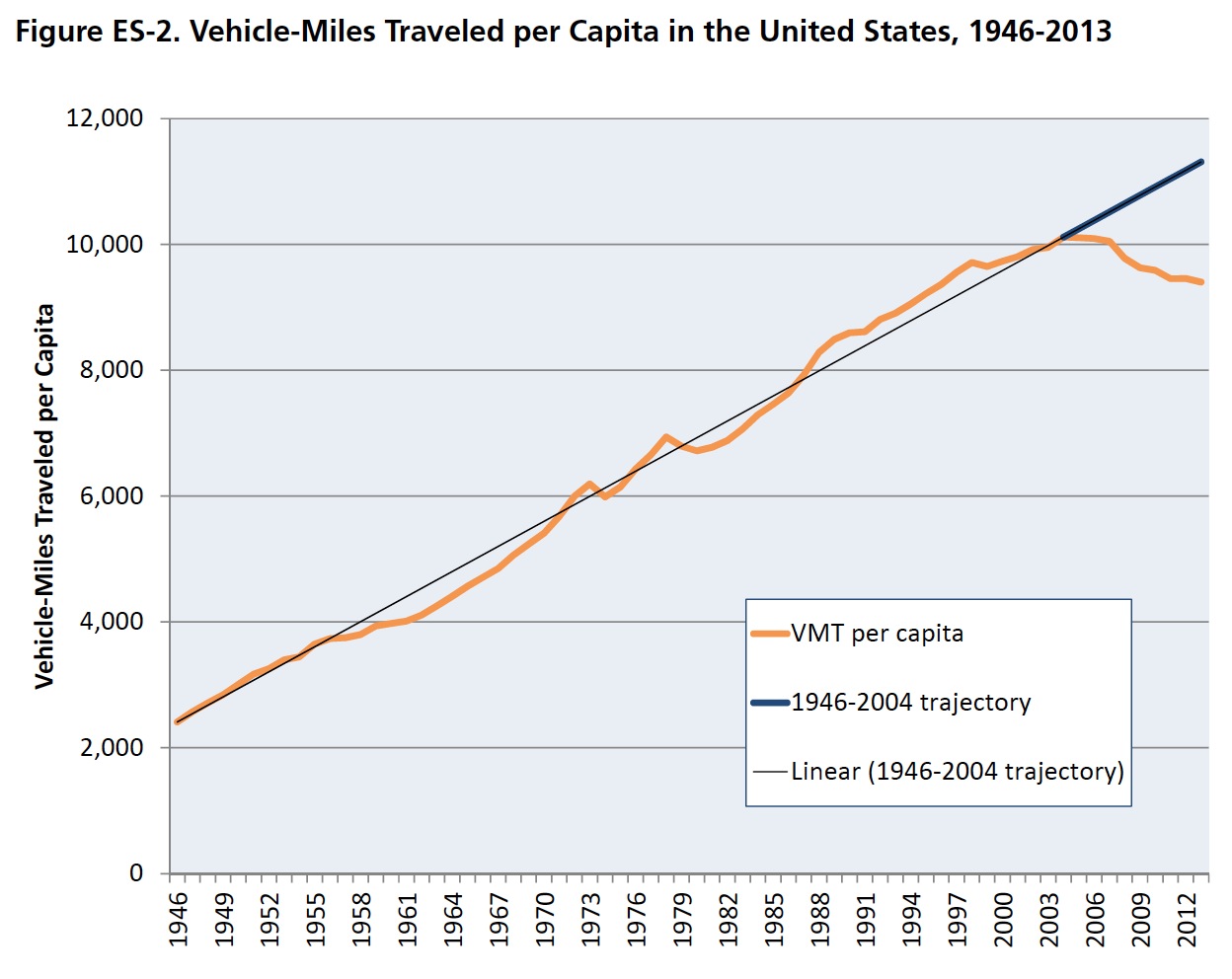
U.S. PIRG EDUCATION FUND
Americans drive no more in total now than we did in 2005, and no more on average than we did at the end of Bill Clinton’s first term as president. The recent stagnation in driving comes on the heels of a six decade-long Driving Boom that saw steady, rapid increases in driving and congestion across the United States, along with the investment of more than $1 trillion of public money in highways…But even though the Driving Boom is now over, state and federal governments continue to pour vast sums of money into the construction of new highways and expansion of old ones—at the expense of urgent needs such as road and bridge repairs, improvements in public transportation and other transportation priorities.
Renewable Energy in the Western States
Wednesday, September 17th, 2014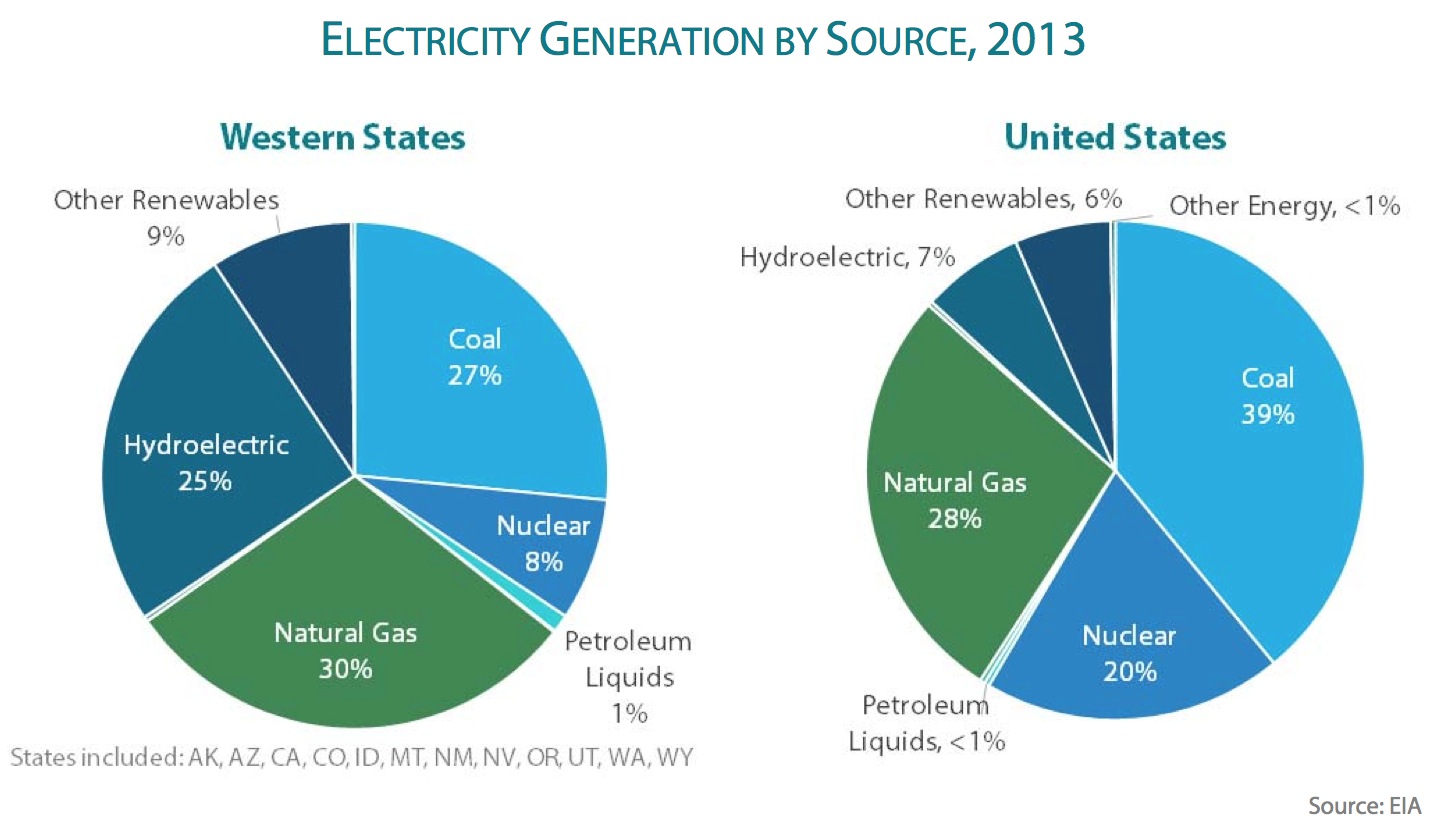
AMERICAN COUNCIL ON RENEWABLE ENERGY
With the growing prominence of renewable energy in the western power, heat, and transportation sectors, states are implementing and exploring technology and policy options to effectively manage its production and use. Renewable energy is now responsible for over 20% of electricity generation in six western states, and the region saw the addition of nearly 4 GW of new renewable energy capacity in 2013 alone – which is more than two thirds of total 2013 U.S. capacity additions.
Guest on The Infra Blog: Rudy Malfabon, Director, Nevada Department of Transportation
Tuesday, September 16th, 2014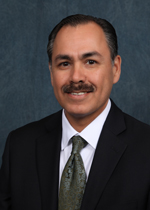
Rudy Malfabon has worked for the Nevada Department of Transportation for more than 25 years. As director, he is responsible for the daily operations of the department that has an annual operating budget of over $800 million and close to 1,750 employees.
“I think that transportation infrastructure is an investment in the economy and it grows the economy. It pays back dividends. Not just the jobs that are created during construction, but the jobs that are sustained by businesses that are improved in access by that transportation.”
View this complete post...Guest on The Infra Blog: Bud Wright, Executive Director, American Association of State Highway and Transportation Officials (AASHTO)
Thursday, September 11th, 2014
Frederick G. “Bud” Wright is Executive Director of the American Association of State Highway and Transportation Officials (AASHTO), a non-profit, non-partisan association which advocates transportation-related policies and provides technical services to support states in their efforts to efficiently and safely move people and goods. He has almost four decades of experience in both the private sector and as a top executive at the Federal Highway Administration.
“I think the most important thing for us right now is to preserve the investment that we have already made…You build a home and you don’t just walk away from it for the next hundred years. You’re going to have to make investments to not only maintain it, but to upgrade it.”
View this complete post...Follow InfrastructureUSA
CATEGORIES
- Accountability (219)
- Aging Infrastructure (758)
- Aviation (130)
- Biking (324)
- Bipartisan (271)
- Bridges (493)
- Broadband (57)
- Buses (160)
- Carbon Tax (22)
- Clean Air (182)
- Climate Change (202)
- Competitiveness (230)
- Congestion (327)
- Dams (77)
- Democrat (123)
- Drinking Water (192)
- Economic Stimulus (276)
- Employment (207)
- Energy (585)
- Environment (615)
- Equity (239)
- Funding (888)
- Global (205)
- Great American Infrastructure (33)
- Green (295)
- Guests on The Infra Blog (301)
- Hazardous Waste (27)
- High Speed Rail (224)
- Highway (785)
- Inland Waterways (204)
- Jobs (251)
- Land Use (99)
- LEED (28)
- Levees (42)
- Local (1,910)
- National (1,527)
- Policy (1,122)
- Pollution (215)
- Private Investment (213)
- Public Opinion (189)
- Public Parks & Recreation (198)
- Public Transportation (1,028)
- Racism (6)
- Rail (506)
- Recession (65)
- Recovery (218)
- Republican (109)
- Roads (1,120)
- Schools (81)
- Seaports (69)
- Smart Grid (98)
- Smart Growth (442)
- Solid Waste (26)
- Sustainability (767)
- Tax (112)
- Technology (397)
- Telecommunications (46)
- Transit (1,333)
- Urban Planning (984)
- Wastewater (183)
- Water Treatment (168)
Video, stills and tales. Share images of the Infra in your community that demands attention. Post your ideas about national Infra issues. Go ahead. Show Us Your Infra! Upload and instantly share your message.
Is the administration moving fast enough on Infra issues? Are Americans prepared to pay more taxes for repairs? Should job creation be the guiding determination? Vote now!
What do the experts think? This is where the nation's public policy organizations, trade associations and think tanks weigh in with analysis on Infra issues. Tell them what you think. Ask questions. Share a different view.
The Infra Blog offers cutting edge perspective on a broad spectrum of Infra topics. Frequent updates and provocative posts highlight hot button topics -- essential ingredients of a national Infra dialogue.
Dear Friends,
It is encouraging to finally see clear signs of federal action to support a comprehensive US infrastructure investment plan.
Now more than ever, our advocacy is needed to keep stakeholders informed and connected, and to hold politicians to their promises to finally fix our nation’s ailing infrastructure.
We have already engaged nearly 280,000 users, and hoping to add many more as interest continues to grow.
We require your support in order to rise to this occasion, to make the most of this opportunity. Please consider making a tax-deductible donation to InfrastructureUSA.org.
Steve Anderson
Managing Director
SteveAnderson@InfrastructureUSA.org
917-940-7125













 RSS Feed
RSS Feed